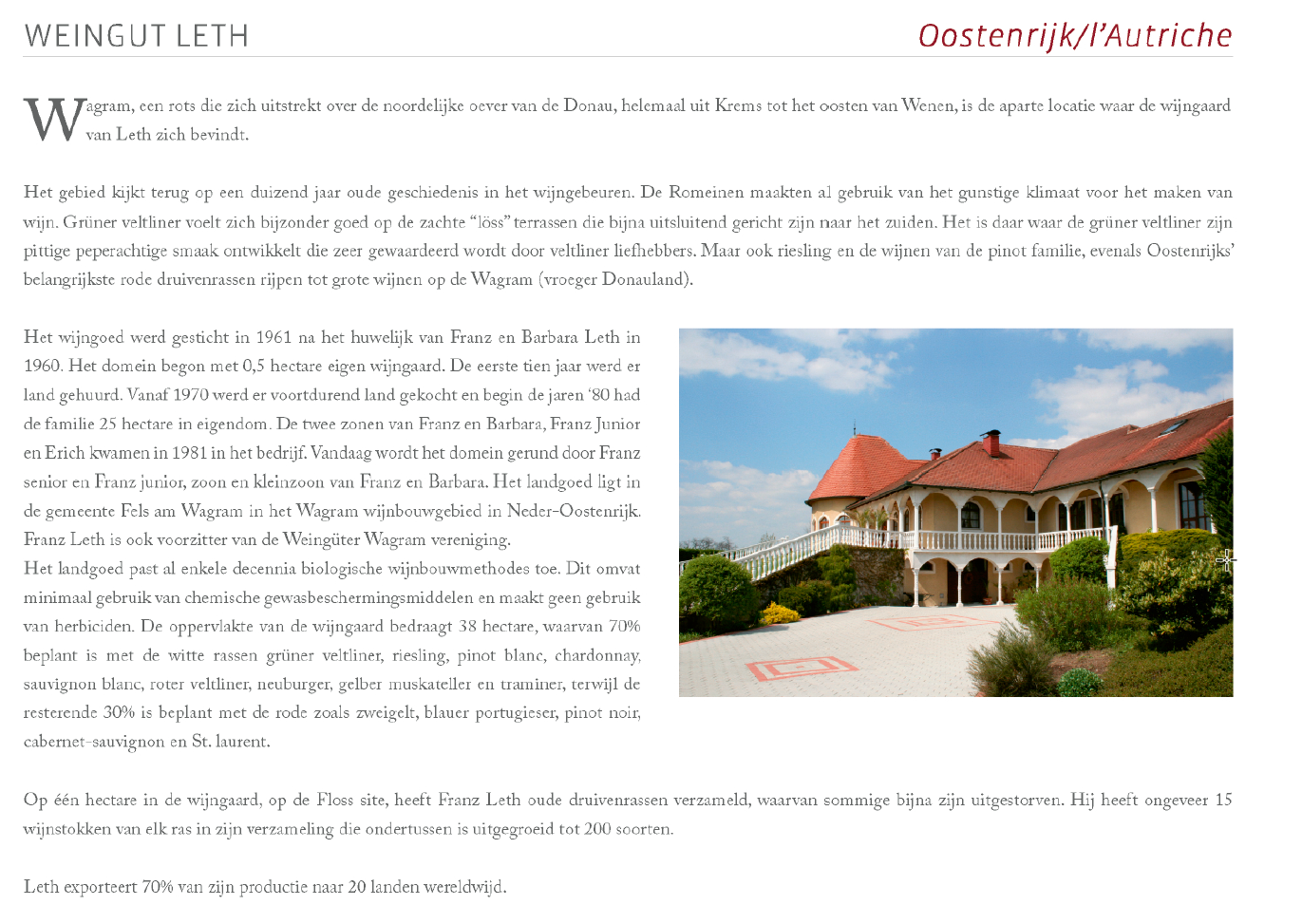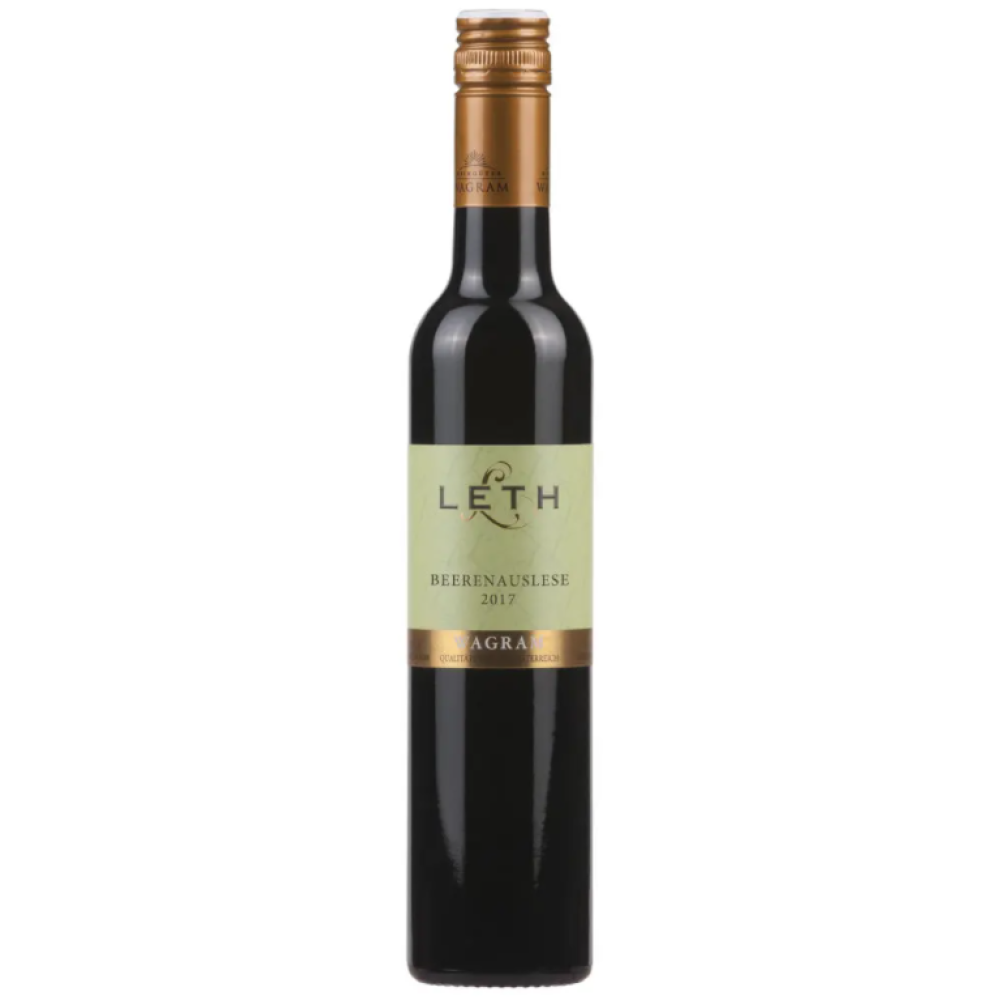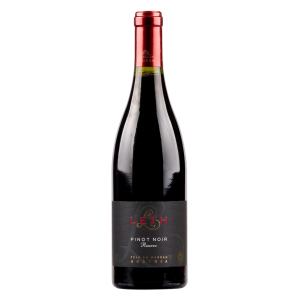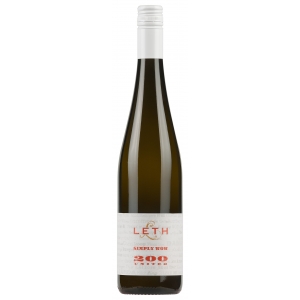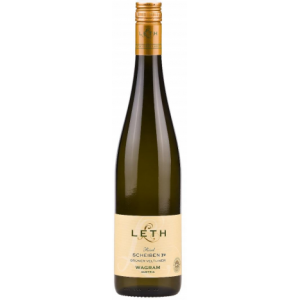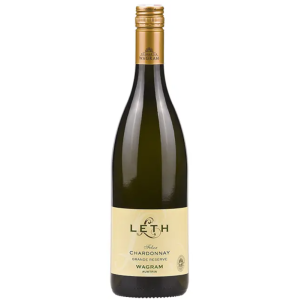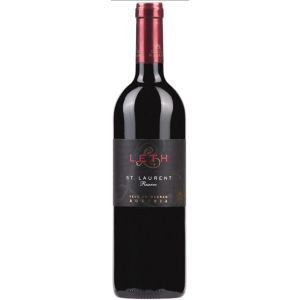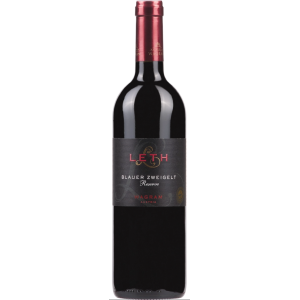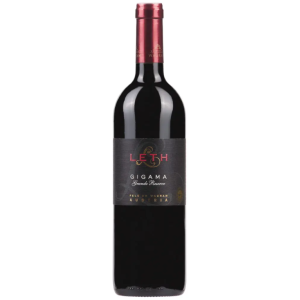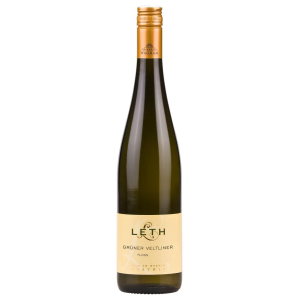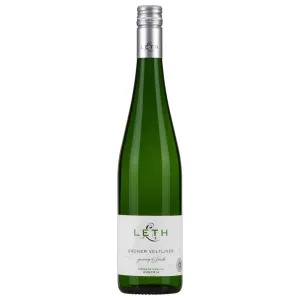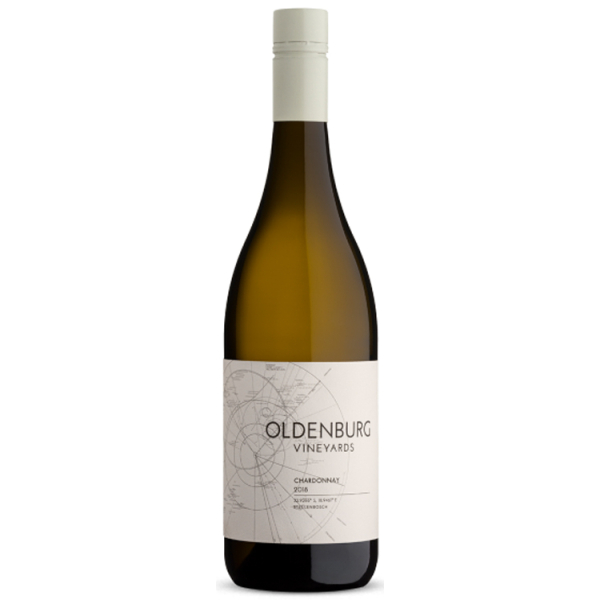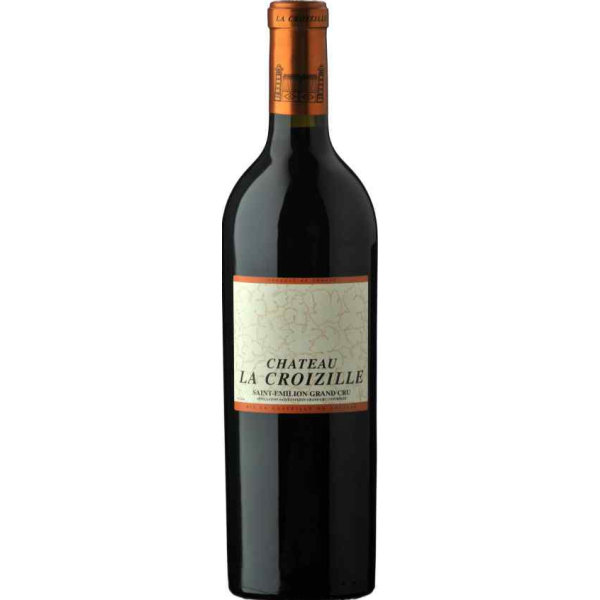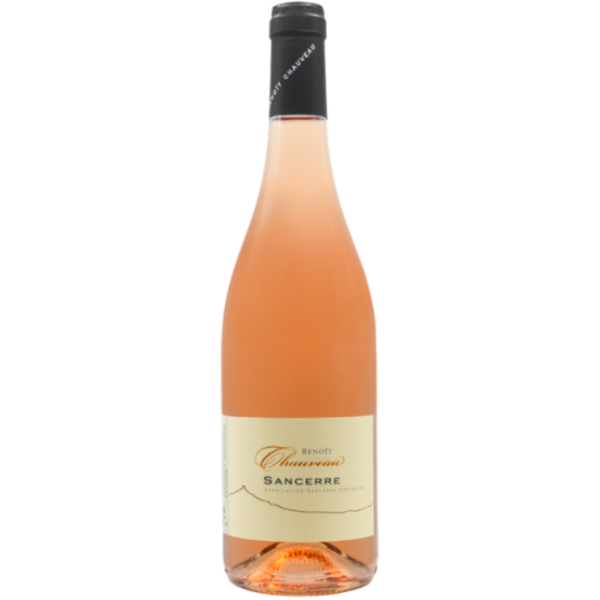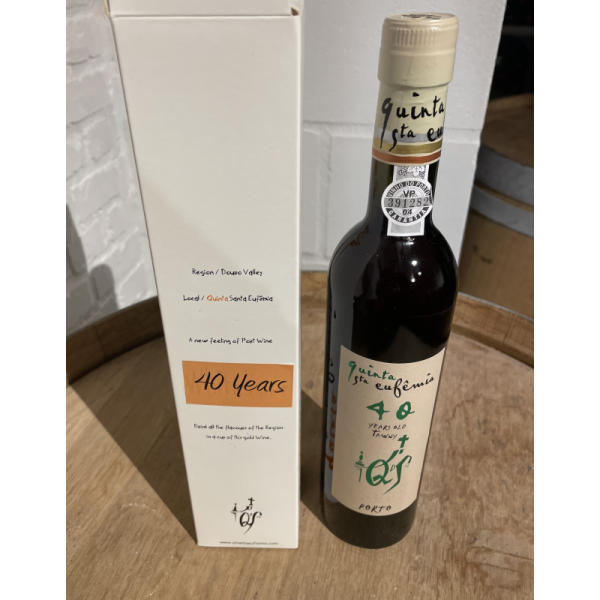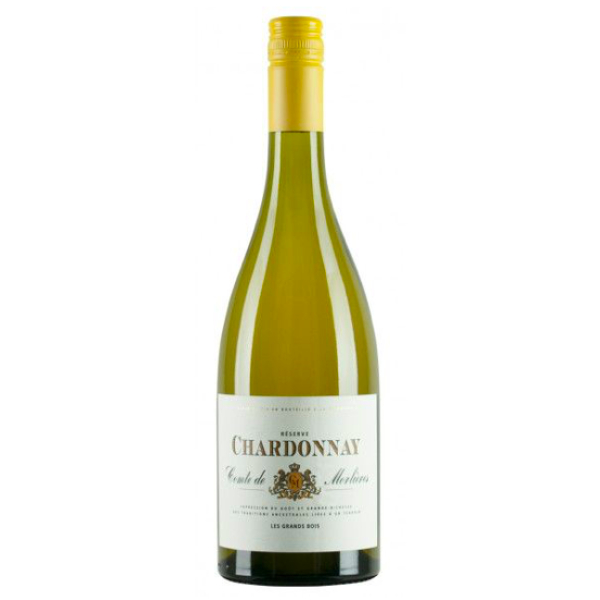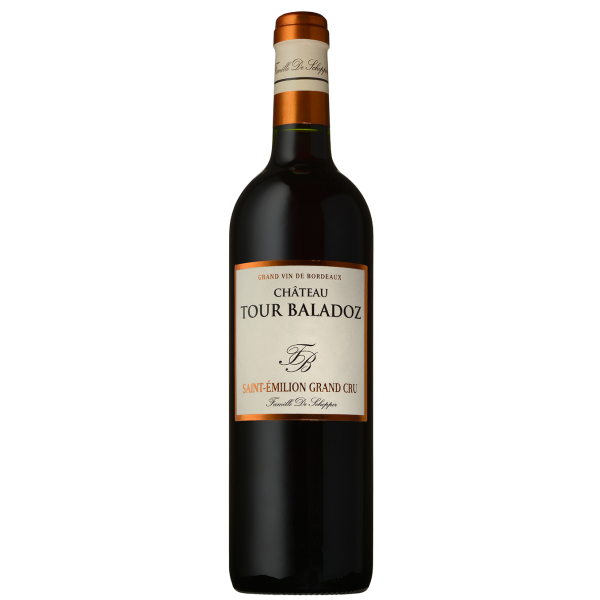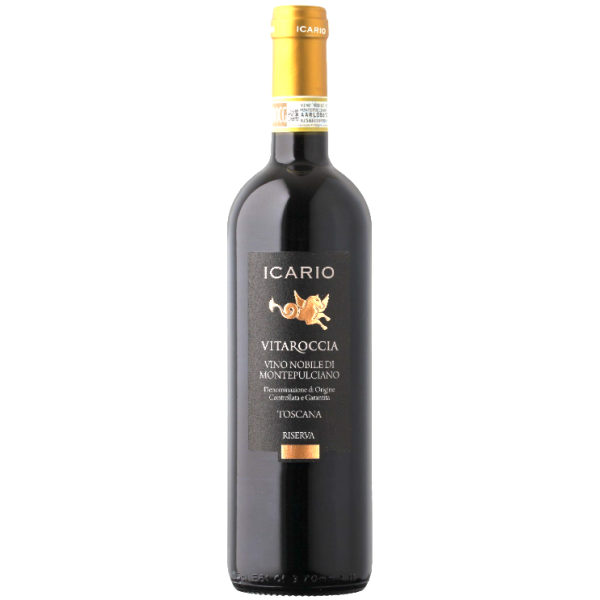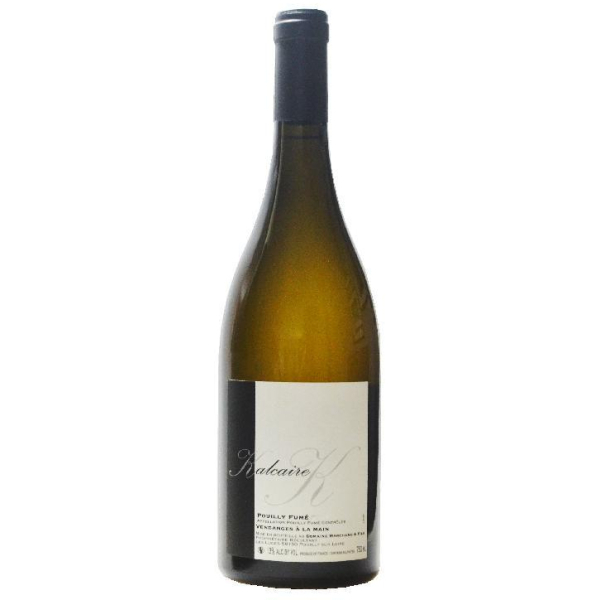Description
A golden wine in your glass. On the nose, aromas of honey, nuts, caramel, and dried fruits like mangoes and bananas. The quality of this dessert wine greets you on the palate. Very soft sweetness yet not overly sweet. This is how a botrytis wine should be made.
Botrytis you ask? Wines made from noble rot, also known as Botrytis cinerea, produce wonderful sweet (dessert) wines under favorable weather conditions. The favorable conditions include undamaged, healthy, ripe grapes that have not been affected by any other fungi. A late, mild autumn with fog in the morning and sunshine in the afternoon. The ripe grape has a very thin skin, which the fungus penetrates by drilling tiny holes through the grape skin. This is when noble rot begins. Due to the thin skin, much of the water evaporates, causing the grapes to shrivel and the sugar content to increase significantly. The result is a syrupy and sweet juice from the grape, which is used to make this wine.
The process starts very slowly, meaning that on one bunch, only a few grapes may be ready to harvest. It can also happen that not all the grapes in a bunch develop noble rot. Therefore, harvesting must happen in several phases, which is, of course, very labor-intensive and costly. At the great châteaux of Sauternes, the harvest sometimes happens in 4-5 different phases. Another downside of harvesting in phases is that the grape becomes very porous, increasing the risk of bad weather.
Serve with:
The perfect wine for desserts and foie gras, but also with cheese platters.
Storage:
This wine is already delicious but can be stored for at least 10 years. It could potentially last longer, depending on the cellar and vintage.
Additional Information:
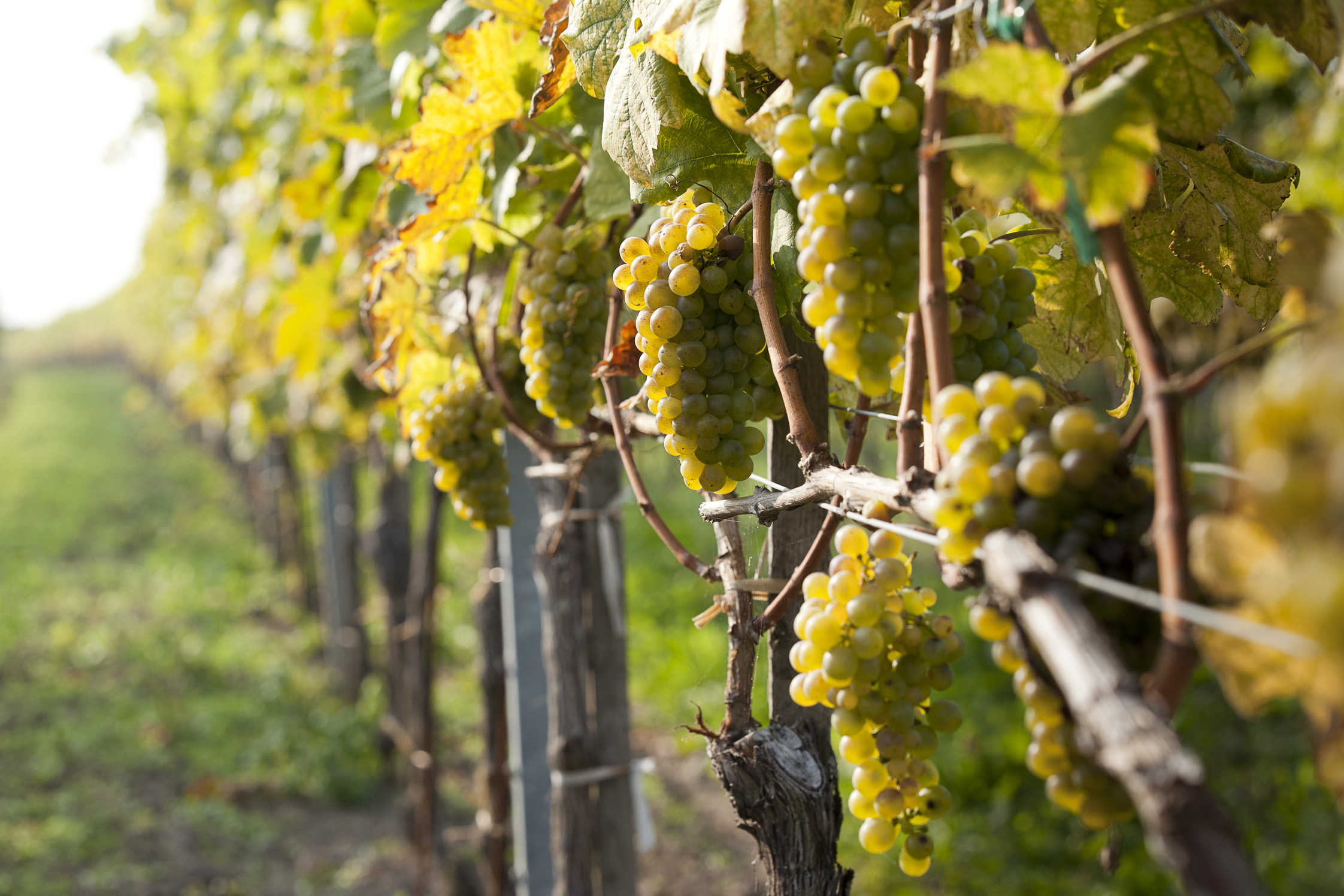 For 25 years, the Leth family has practiced ecologically responsible viticulture by not using herbicides and minimizing chemical plant protection. Thanks to the specific Loess soil, irrigation is not necessary, and grass coverage keeps the soil healthy, eliminating the need for fertilization. The harvest is done manually with strict sorting, and only the best grapes are used for the top wines.
For 25 years, the Leth family has practiced ecologically responsible viticulture by not using herbicides and minimizing chemical plant protection. Thanks to the specific Loess soil, irrigation is not necessary, and grass coverage keeps the soil healthy, eliminating the need for fertilization. The harvest is done manually with strict sorting, and only the best grapes are used for the top wines.The soft pressing was done with a pneumatic press, and the almost black, cloudy juice was filtered through a filter press. Fermentation was done with natural yeast and took place in used barrels. This process continued until early the following year and stopped naturally at around 9% vol. alcohol. The wine was bottled after 12 months of aging in stainless steel containers, in elegant half bottles (375ml).
Recognition:
This wine producer chooses not to participate in many wine competitions. However, it is worth mentioning that Weingut Leth is cited in both "Hugh Johnson’s Wine Guide" and the "Larousse Wine Encyclopedia" as one of the better producers in the region.
